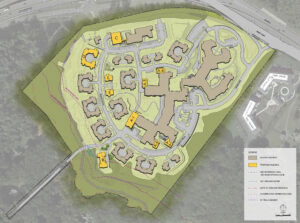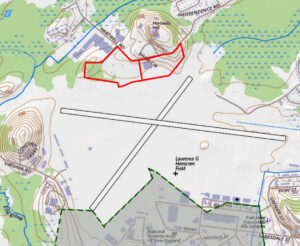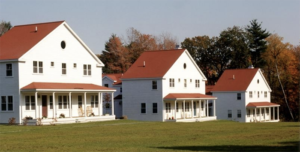 32D Indian Camp Lane — James Hogan to Michael Grigelevich and Johannah Ash for $418,500 (January 31)
32D Indian Camp Lane — James Hogan to Michael Grigelevich and Johannah Ash for $418,500 (January 31)
165 Bedford Rd. — Colleen Fong Trust to Lauren Briere for $763,000 (January 31)
39 Brooks Rd. — Sanjeev Verma to L.A.M.B. Trust for $1,950,000 (January 28)
16 Huckleberry Hill — Stephanie Stankard to Emily Ann Stankard Trust and Sara Lee Stankard Trust for $1,000,000 (January 24)



